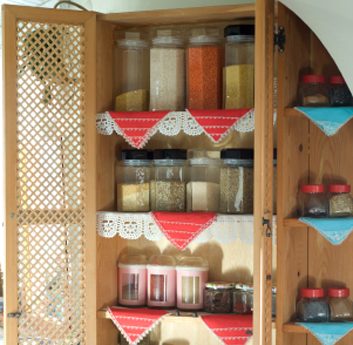
Toss
If you haven’t used a food item within a year, it may be time to toss it. Take a look at the best-before date on every package and can (yes, cans have them, too) and throw out anything that’s expired. Move the foods that will expire soon to the front of your shelves so you’ll know to use them first.
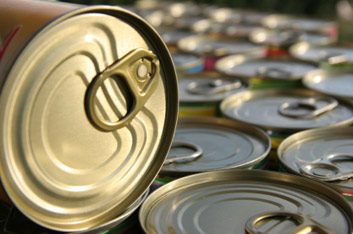
Donate
Do you ever buy a food item and then weeks later wonder what possessed you to purchase it in the first place? If you have non-perishable food you know you’re never going to use, donate it to a food bank. Make sure it hasn’t expired, the packages are in good condition and the cans are not dented.
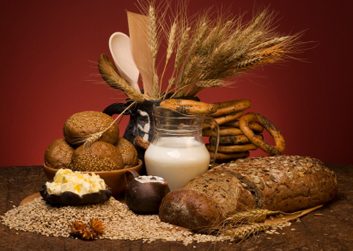
Stock up
Whole grains are the “little black dress” in my pantry. They’re the basic ingredient for a nutritious and great-looking meal. Experiment with a variety of them such as amaranth, barley and quinoa. Once opened, whole grains should be stored in an airtight container. (Tip: You can also keep them in the fridge to extend their shelf life.)
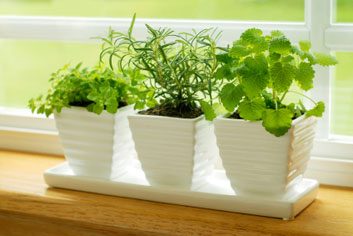
Accessorize
Think of spices and seasonings as accessories for your food. They make basic meals stand out. Keep a good selection of herbs, spices, low-sodium sauces and even canned tomatoes on hand for an instant pick-me-up to any dish.
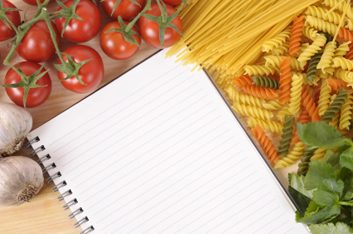
Take inventory
I keep an inventory sheet on the inside of my pantry door. It helps me remember what items I have and how much. Every time I use up an item, I cross it off the list, so I know when to stock up. It works for my busy life!
Related:
• How to stock a healthy pantry
• 9 ways to save money on groceries
• 8 budget superfoods, plus recipes to try
